How To Ensure Proper Pool Drainage
Owning a pool is not just a luxury; it’s a responsibility. Ensuring proper water drainage is crucial for maintaining water quality and preserving the structural integrity of your pool. Without the right drainage, pools can become a source of problems rather than relaxation and fun. Poor drainage can lead to issues such as algae growth, waterborne diseases, and even damage to the pool's foundation. Regular maintenance and monitoring of the drainage system can help prevent these issues, ensuring that your pool remains a safe and enjoyable place for family and friends. This guide is geared towards pool owners and home improvement enthusiasts looking to understand and improve their pool drainage, offering practical tips and insights to help you keep your pool in optimal condition.
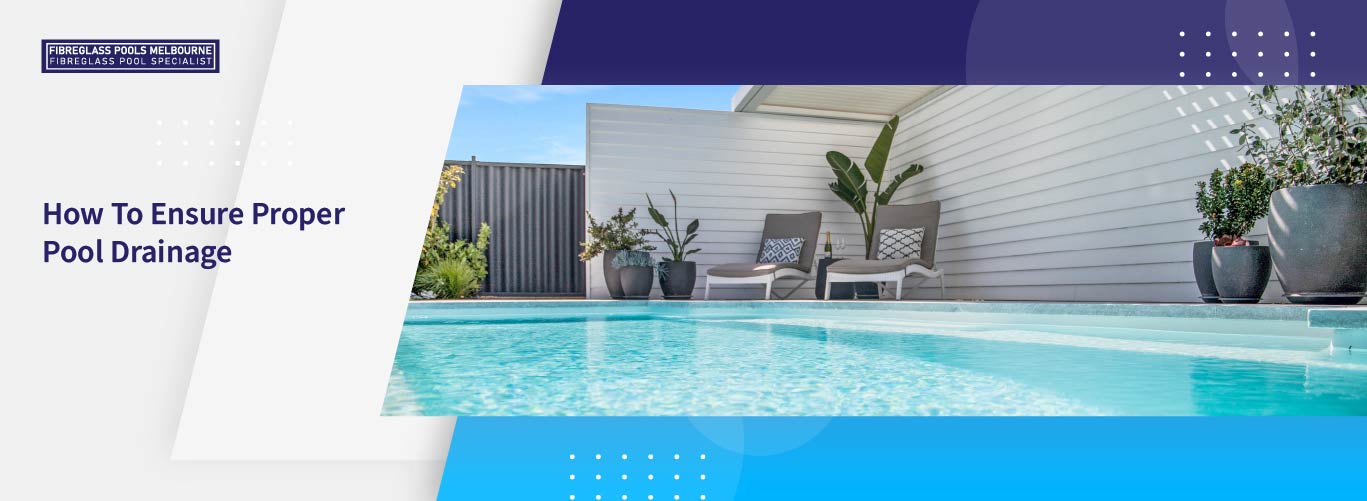
Understanding Pool Drainage
The first step in securing a healthy and safe pool environment is comprehending the essentials of pool drainage systems. Proper drainage is crucial not only for maintaining water quality but also for preventing potential hazards that could arise from water accumulation. Pools typically incorporate one of several types of drainage systems:
- Point Drains: These are usually found at the lowest point of the pool, allowing water to drain effectively. They’re essential for removing water quickly and are often placed in areas prone to water pooling to prevent slipperiness and algae growth.
- Linear Drains: These are longer and more narrow channels that collect water over a larger surface area. Commonly found along the edges of the pool, they are highly efficient in managing water overflow and are especially useful in larger pools or aquatic facilities.
- Deck Drains: These help to manage the water that splashes out of the pool onto the surrounding deck. By directing this water away from high-traffic areas, deck drains help to minimise the risk of slips and falls, as well as protect the structural integrity of the deck.
Each system is designed to efficiently manage and move water away from the pool, preventing issues such as flooding, erosion, or structural damage. Understanding and maintaining these drainage systems is integral to keeping your pool area safe, functional, and enjoyable for all users.
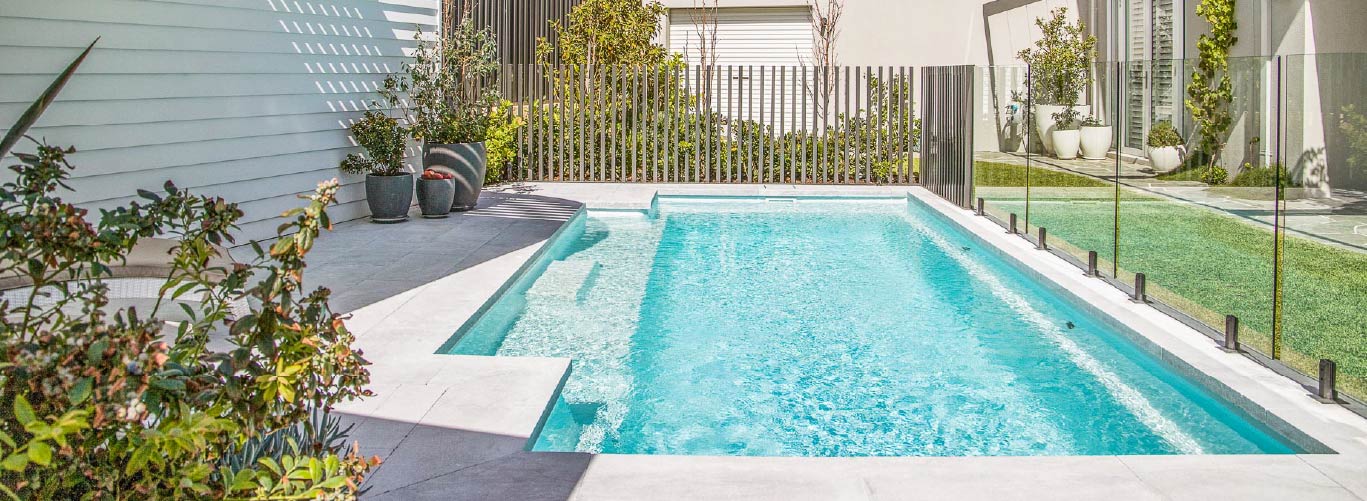
Signs of Poor Drainage
Many pool owners may not realise they have a drainage issue until it becomes a significant problem. Here are some indications that your pool’s drainage isn’t up to par:
- Water Accumulation: Puddles forming around the pool deck or landscape areas suggest poor drainage.
- Erosion: Soil erosion around the pool deck indicates that water is not being properly diverted.
- Murky Pool Water: If surface water isn’t being effectively drained, it can lead to contaminants getting back into the pool, thus affecting water clarity
- Overflowing Gutters: During rain, if gutters or pool overflow channels are unable to keep pace, you likely have drainage issues.
Recognising these signs early can prevent more serious complications down the line.
How to Improve Drainage
Thankfully, improving your pool’s drainage system is achievable. Here are some practical tips to help you get started:
- Regular Maintenance: It’s crucial to clear out leaves, debris, and any other blockages from your drains on a regular basis to prevent clogging. This not only ensures proper water flow but also helps avoid potential damage that could require costly repairs.
- Install Additional Drains: If your current drainage system isn’t sufficient, consider installing new point or linear drains to manage water more effectively. This can help prevent water accumulation and overflow, especially during heavy rainfalls or extensive pool use.
- Upgrade Deck Gratings: Over time, deck gratings can become warped or broken due to constant exposure to water and weather elements. Replacing these can significantly enhance drainage efficiency and ensure that water is channelled away from the pool area correctly.
- Professional Inspection: Consulting with a professional pool or landscaping technician can provide valuable insights into more complex solutions tailored to your specific pool setup. They can assess your current drainage system, recommend upgrades, and even help you implement advanced solutions to optimise performance.
By proactively keeping your drainage system in check, you’re not only preventing potential issues but also investing in the longevity and enjoyment of your pool. A well-maintained drainage system ensures that your pool area remains safe, clean, and inviting for all your swimming activities.
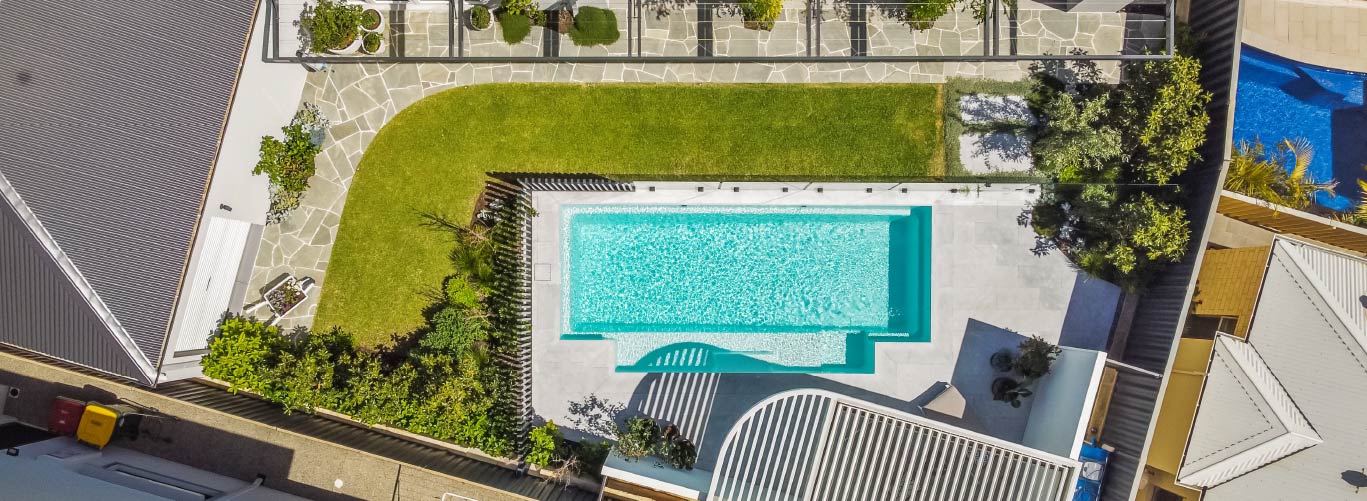
Regulatory Compliance
Pool drainage isn’t just about practicality; it’s also regulated by local safety and building codes designed to ensure the well-being of the community. These regulations ensure that pools drain in a manner that doesn’t create hazards, such as flooding or water contamination, or negatively impact the local environment through improper disposal.
Pool owners should familiarise themselves with these standards and consider the following detailed points:
- Adherence to Codes: Understand and comply with local building codes regarding the design and functionality of drainage systems. This includes knowing the specific requirements for pipe sizes, flow rates, and where the water can be discharged.
- Safety Standards: Ensure that the drain covers and grating meet safety standards to prevent accidents such as entrapment. It’s crucial that these components are robust, fit securely, and are designed to minimise any risk to swimmers.
- Compliance Checks: Regularly review your drainage system to guarantee ongoing compliance. This involves periodic inspections and maintenance to address any wear and tear, clogs, or potential breaches of the regulations.
Failure to comply with regulations not only endangers users but can lead to significant legal consequences, such as fines or mandatory pool closures. Additionally, non-compliance can result in higher insurance premiums or difficulties in obtaining insurance altogether. Therefore, it’s in the best interest of pool owners to stay informed and proactive about pool drainage requirements.
Conclusion
Proper pool drainage is an essential aspect of pool maintenance that directly impacts safety, water quality, and structural integrity. By understanding the different types of drainage systems and recognising the signs of poor drainage, pool owners can proactively address issues before they escalate. Regular maintenance, along with potential upgrades and professional inspections, ensures that the drainage system functions efficiently. Additionally, adhering to local safety and building regulations is crucial for avoiding legal repercussions and ensuring the well-being of all pool users. Investing time and resources into maintaining a robust drainage system not only prolongs the life of your pool but also enhances the overall swimming experience, providing a safe and enjoyable environment for family and friends for years to come. Stay vigilant, perform regular checks, and consult professionals when necessary to ensure your pool remains a well-maintained and compliant recreational space.
How To Ensure Proper Pool Drainage
Owning a pool is not just a luxury; it’s a responsibility. Ensuring proper water drainage is crucial for maintaining water quality and preserving the structural integrity of your pool. Without the right drainage, pools can become a source of problems rather than relaxation and fun. Poor drainage can lead to issues such as algae growth, waterborne diseases, and even damage to the pool's foundation. Regular maintenance and monitoring of the drainage system can help prevent these issues, ensuring that your pool remains a safe and enjoyable place for family and friends. This guide is geared towards pool owners and home improvement enthusiasts looking to understand and improve their pool drainage, offering practical tips and insights to help you keep your pool in optimal condition.
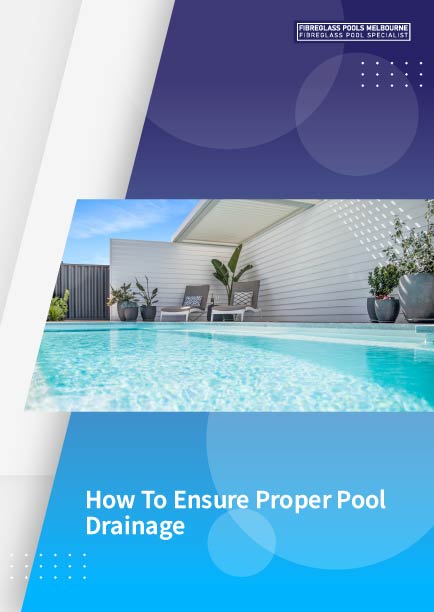
Understanding Pool Drainage
The first step in securing a healthy and safe pool environment is comprehending the essentials of pool drainage systems. Proper drainage is crucial not only for maintaining water quality but also for preventing potential hazards that could arise from water accumulation. Pools typically incorporate one of several types of drainage systems:
- Point Drains: These are usually found at the lowest point of the pool, allowing water to drain effectively. They’re essential for removing water quickly and are often placed in areas prone to water pooling to prevent slipperiness and algae growth.
- Linear Drains: These are longer and more narrow channels that collect water over a larger surface area. Commonly found along the edges of the pool, they are highly efficient in managing water overflow and are especially useful in larger pools or aquatic facilities.
- Deck Drains: These help to manage the water that splashes out of the pool onto the surrounding deck. By directing this water away from high-traffic areas, deck drains help to minimise the risk of slips and falls, as well as protect the structural integrity of the deck.
Each system is designed to efficiently manage and move water away from the pool, preventing issues such as flooding, erosion, or structural damage. Understanding and maintaining these drainage systems is integral to keeping your pool area safe, functional, and enjoyable for all users.
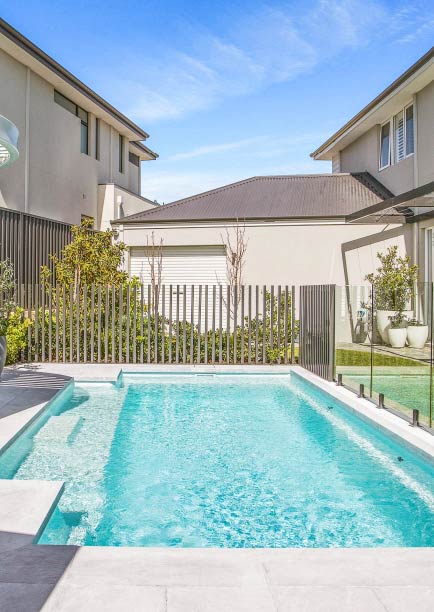
Signs of Poor Drainage
Many pool owners may not realise they have a drainage issue until it becomes a significant problem. Here are some indications that your pool’s drainage isn’t up to par:
- Water Accumulation: Puddles forming around the pool deck or landscape areas suggest poor drainage.
- Erosion: Soil erosion around the pool deck indicates that water is not being properly diverted.
- Murky Pool Water: If surface water isn’t being effectively drained, it can lead to contaminants getting back into the pool, thus affecting water clarity
- Overflowing Gutters: During rain, if gutters or pool overflow channels are unable to keep pace, you likely have drainage issues.
Recognising these signs early can prevent more serious complications down the line.
How to Improve Drainage
Thankfully, improving your pool’s drainage system is achievable. Here are some practical tips to help you get started:
- Regular Maintenance: It’s crucial to clear out leaves, debris, and any other blockages from your drains on a regular basis to prevent clogging. This not only ensures proper water flow but also helps avoid potential damage that could require costly repairs.
- Install Additional Drains: If your current drainage system isn’t sufficient, consider installing new point or linear drains to manage water more effectively. This can help prevent water accumulation and overflow, especially during heavy rainfalls or extensive pool use.
- Upgrade Deck Gratings: Over time, deck gratings can become warped or broken due to constant exposure to water and weather elements. Replacing these can significantly enhance drainage efficiency and ensure that water is channelled away from the pool area correctly.
- Professional Inspection: Consulting with a professional pool or landscaping technician can provide valuable insights into more complex solutions tailored to your specific pool setup. They can assess your current drainage system, recommend upgrades, and even help you implement advanced solutions to optimise performance.
By proactively keeping your drainage system in check, you’re not only preventing potential issues but also investing in the longevity and enjoyment of your pool. A well-maintained drainage system ensures that your pool area remains safe, clean, and inviting for all your swimming activities.
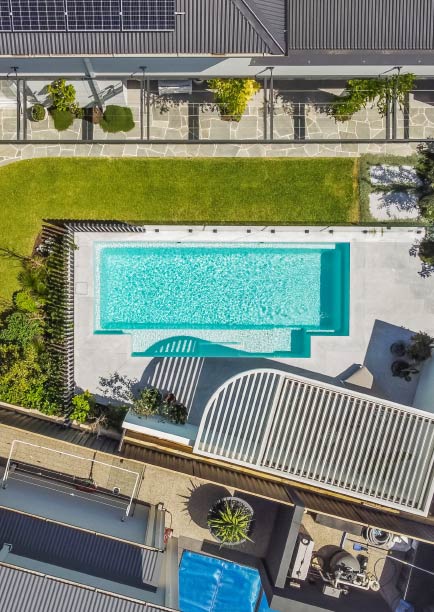
Regulatory Compliance
Pool drainage isn’t just about practicality; it’s also regulated by local safety and building codes designed to ensure the well-being of the community. These regulations ensure that pools drain in a manner that doesn’t create hazards, such as flooding or water contamination, or negatively impact the local environment through improper disposal.
Pool owners should familiarise themselves with these standards and consider the following detailed points:
- Adherence to Codes: Understand and comply with local building codes regarding the design and functionality of drainage systems. This includes knowing the specific requirements for pipe sizes, flow rates, and where the water can be discharged.
- Safety Standards: Ensure that the drain covers and grating meet safety standards to prevent accidents such as entrapment. It’s crucial that these components are robust, fit securely, and are designed to minimise any risk to swimmers.
- Compliance Checks: Regularly review your drainage system to guarantee ongoing compliance. This involves periodic inspections and maintenance to address any wear and tear, clogs, or potential breaches of the regulations.
Failure to comply with regulations not only endangers users but can lead to significant legal consequences, such as fines or mandatory pool closures. Additionally, non-compliance can result in higher insurance premiums or difficulties in obtaining insurance altogether. Therefore, it’s in the best interest of pool owners to stay informed and proactive about pool drainage requirements.
Conclusion
Proper pool drainage is an essential aspect of pool maintenance that directly impacts safety, water quality, and structural integrity. By understanding the different types of drainage systems and recognising the signs of poor drainage, pool owners can proactively address issues before they escalate. Regular maintenance, along with potential upgrades and professional inspections, ensures that the drainage system functions efficiently. Additionally, adhering to local safety and building regulations is crucial for avoiding legal repercussions and ensuring the well-being of all pool users. Investing time and resources into maintaining a robust drainage system not only prolongs the life of your pool but also enhances the overall swimming experience, providing a safe and enjoyable environment for family and friends for years to come. Stay vigilant, perform regular checks, and consult professionals when necessary to ensure your pool remains a well-maintained and compliant recreational space.


